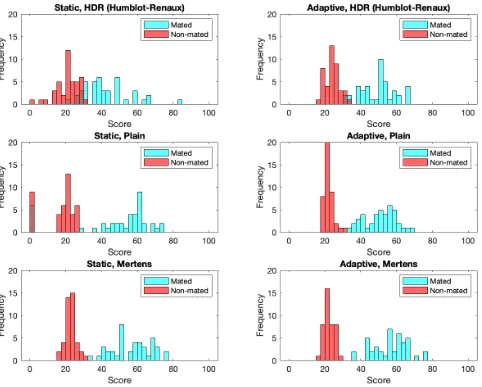Finger Adaptive Illumination Control and Exposure Fusion Imaging for Biometric Finger Vein Recognition
Full text
Figure




Related documents
Depressive Symptoms and Work Role Satisfaction in Mothers of Toddlers..
Differences between the RS92 and RS41 radiosonde (RS92–RS41) results for daytime (blue) and nighttime (red) flights during the MR15-04 cruise for (a) pressure, (b) temperature, and
BioMed CentralVirology Journal ss Open AcceResearch Inhibition of G1P3 expression found in the differential display study on respiratory syncytial virus infection Dongchi Zhao*1,2,
The content based, collaborative, and statistics- based filtering recommendation methods are proposed in this paper based on the favorite degrees of the users to
“Tiny contaminated” models: Analogously to the previous case), vi is the i th order statistic in the sample of values of v , case, an additional random number ( i tiny) of
Abstract: In this study, instantaneous and time-averaged flow structures downstream of the sharp-edged single and two and three side-by-side square cylinders (SCs) immersed in
Table 3.15: Criteria affecting employment land use in Compact scenario

